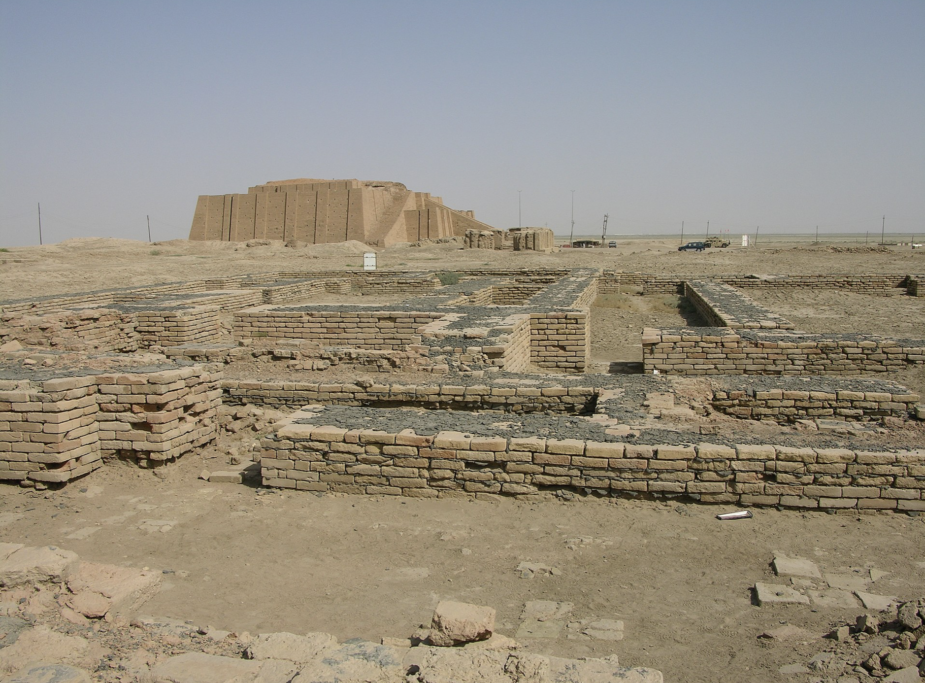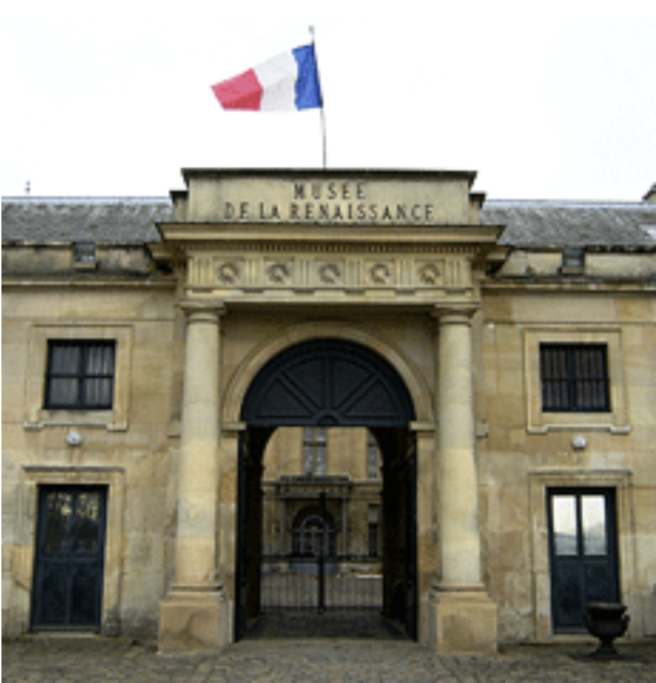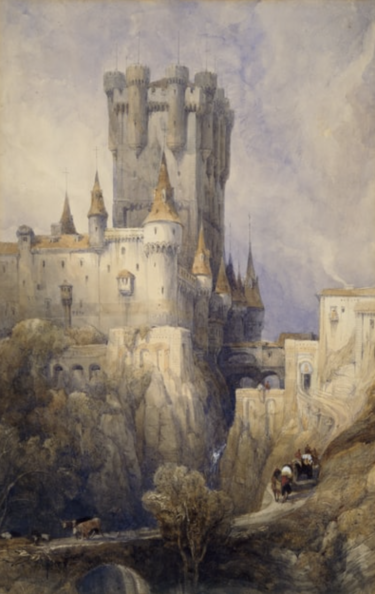はじめに
TED動画を探していて美術館のための美術館というキャッチが気になった。海外旅行をした時もその国や都市の美術館巡りをするのが好きだ。今日はそんな美術館の起源や歴史、役割の変遷などをみてみたい。興味のある人は次の動画を視聴してみてほしい。
(出典:YouTube)
メソポタミア
最初の博物館は、紀元前530年に現在のイラクに作られた。王女エニガルディ・ナンナは、メソポタミアの古美術品を集め、彼女の家であるエギグ=パーに保管していた。考古学者によると、数十点の遺物が整然と並べられ、3ヶ国語で書かれた粘土のラベルが貼られていたという。エニガルディは、生徒が熱心だったので、体罰は少なく、教育手法、カリキュラム、生徒の設備は他のシュメールの学校と類似していたという。シュメールの学校とはどのような学校なのだろう。興味は募る。

(出典:Ennigaldi-Nanna’s Museum)
ルネッサンス期
ローマ帝国の時代には、興味をそそるものを集めて展示した。当時の政治家や将軍の宝物庫は戦利品で埋め尽くされ、王室では剣闘士のトーナメントが開催された。博物館の進化ルネッサンス期に起きた。ほぼ千年の期間を経て自然界の研究が再び奨励された。驚異の部屋(Wunderkammer)は、15世紀から18世紀にかけてヨーロッパで作られていた様々な珍品を集めた博物陳列室である。15世紀イタリアの諸侯や有力貴族の間で作られたことに始まり、16世紀にはドイツ語圏に伝わって、王侯貴族だけでなく学者や文人の間でも作られるようになった。科学・分類学の発達と市民社会の台頭などにより18世紀半ばに廃れていったが、そのコレクションのいくつかは今日の博物館の前身となった。大英博物館もハンス・スローン卿の驚異の部屋の収集物を基にして作られた。

(出典:ルネッサンス美術館)
ニューヨーク美術館
1840年代になると、フィニアス・T・バーナムという若い興行師が、ヨーロッパから有名な珍品棚をいくつか購入し、ニューヨークでバーナムのアメリカンミュージアムを立ち上げた。動物園、講演会場、蝋人形館、劇場、見世物小屋のごった煮で、熊、象、曲芸師、巨人、シャム双生児、フィジーの人魚、髭女などの多彩な出し物や近代機械や科学機器等で知られる博物館だ。バーナム以前は、上流階級や中流階級の人たちだけが、特定の日にしか行けないような博物館が一般的だった。入場前に書面で来館を申請しなければならず、1日に見学できるのは少人数のグループのみだった。ルーブル美術館は一般人が美術館に入れるのは週に3日だけだった。19世紀になると、現在のような美術館の形ができ始める。

(出典:メトロポリタン美術館)
8つの質問
Q1) Where was the first museum?
最初の美術館はどこかという設問だ。動画ではイラク(Iraq)と言っていた。
Q2) Which museum required written permission to enter?
入場許可証が必要な美術館はという設問だ。これはルーヴル美術館(The Louvre)だろうか。
Q3) Who were the Greeks trying to please with their mouseion?
ギリシャ人はマウジオンで誰を喜ばせようとしたのかという設問だ。動画では、ミューズたち(The Muses)と言っていた。
Q4) What’s another word for a Curiosity Cabinet?
キュリオシティ・キャビネットを別の言葉でなんというかという設問だ。前述のように、
驚異の部屋(Wunderkammer)だろう。
Q5) Who owned treasure houses?
宝物殿の所有者は誰かという設問だ。選択肢からは政治家(Politicians)か。
Q6) During the 1700s many museums opened their doors to the general public for the first time. What could be some contributing factors to museums opening up to the public?
1700年代、多くの博物館が初めて一般市民に門戸を開いた。博物館が一般に開放された要因として、どのようなことが考えられるかという設問だ。一般に公開する理由は、科学と美と人間のルネッサンスを奨励するためだと思ったので、英語なら次のような感じか。
Q7) How were the Greek museums similar to our current museums? How were they different?
ギリシャの博物館は、現在の博物館とどのように似ていたか。どのように違っていたのかという設問だ。ギリシャ時代の博物館は、都市の人々が刺激的なもので楽しませたいと思うので、現在の博物館と似ていると思ったので、英語にすると次のような感じか。
Q8) Why would American museums in particular have focused on collecting and preserving specimens?
アメリカの博物館は、なぜ標本の収集・保存に力を入れたのかという設問だ。当時の博物館は社会を良くするために科学がとても重要だと考えたからだと思ったので、英語にすると次のような感じか。ちょっと違うかもしれない。
まとめ
今日は美術館についてのTED動画を視聴して感じたことなどをまとめてみた。何か珍しいものやきれいなものを集めたいと思うのはヒトの本能的なものかもしれない。文化の香りや歴史を感じられる美術館にはこれからもできるだけ訪問して刺激を受けたいと思った。
以上
最後まで読んでいただきありがとうございます。
拝
参考:英文スクリプト
Hello, everyone. Let’s begin our guided tour. Welcome to the Museum of Museums. Museums have been a part of human history for over 2000 years. But they weren’t always like the ones we visit today. The history of museums is far older and much stranger than you might imagine. We’ll start over here in the Greek wing.
Our word museum comes from the Greek mouseion, temples built for the Muses, the goddesses of the arts, and the sciences. Supplicants asked the Muses to keep watch over academics and grant ingenuity to those they deemed worthy. The temples were filled with offerings of sculptures, mosaics, complex scientific apparatuses, poetic and literary inscriptions, and any other tribute that would demonstrate a mortal’s worthiness for divine inspiration. We have arrived at the Mesopotamian wing. The first museum was created in 530 B.C. in what is now Iraq. And the first curator was actually a princess. Ennigaldi-Nanna started to collect and house Mesopotamian antiquities in E-Gig-Par, her house. When archeologists excavated the area, they discovered dozens of artifacts neatly arranged in rows, with clay labels are written in three languages. She must have had interesting parties.
The tradition of collecting and displaying intriguing items began to be mimicked, as you can see here in the Roman Empire wing. Treasure houses of politicians and generals were filled with the spoils of war, and royal menageries displayed exotic animals to the public on special occasions, like gladiator tournaments. As you can see, we have a lion here and a gladiator, and, well, the janitor ought to be in this wing clearly. Moving on, hurry along. The next step in the evolution of museums occurred in the Renaissance when the study of the natural world was once again encouraged after almost a millennium of Western ignorance. Curiosity cabinets also referred to as Wunderkammers, were collections of objects that acted as a kind of physical encyclopedia, showcasing artifacts. Just step into the wardrobe here. There you go. Mind the coats. And we’ll tour Ole Worm’s cabinet, one of the most notable Wunderkammers belonged to a wealthy 17th-century naturalist, antiquarian, and physician Ole Worm. Ole Worm collected natural specimens, human skeletons, ancient runic texts, and artifacts from the New World.
In other curiosity cabinets, you could find genetic anomalies, precious stones, works of art, and religious and historic relics. Oh my. You might not want to touch that. These cabinets were private, again, often in residencies, curated by their owners, rulers, and aristocrats, as well as merchants and early scientists. Now, who hears a circus organ? In the 1840s, an enterprising young showman named Phineas T. Barnum purchased some of the more famous cabinets of curiosity from Europe and started Barnum’s American Museum in New York City. A spectacular hodgepodge of Zoo, lecture hall, wax museum, theater, and freak show that was known for its eclectic residents, such as bears, elephants, acrobats, giants, Siamese twins, a Fiji mermaid, and a bearded lady, along with a host of modern machinery and scientific instruments.
Museums open to the public are a relatively new phenomenon. Before Barnum, the first public museums were only accessible by the upper and middle classes, and only on certain days. Visitors would have to apply to visit the museum in writing prior to admission, and only small groups could visit the museum each day. The Louver famously allowed all members of the public into the museum but only three days a week. In the 19th century, the museum as we know it began to take shape. Institutions like the Smithsonian were started so that objects could be seen and studied, not just locked away. American museums, in particular, commissioned experiments and hired explorers to seek out and retrieve natural samples. Museums became centers for scholarship and artistic and scientific discovery. This is often called the Museum Age.
Nowadays, museums are open to everybody, are centers of learning and research, and are turning into more hands-on institutions. But the question of who gets to go is still relevant as ticket prices can sometimes bar admission to that future scholar, artists, and targes of divine inspiration who can’t afford to satisfy their curiosity. Thank you all for coming, and please, feel free to stop by the gift shop of gift shops on your way out.




